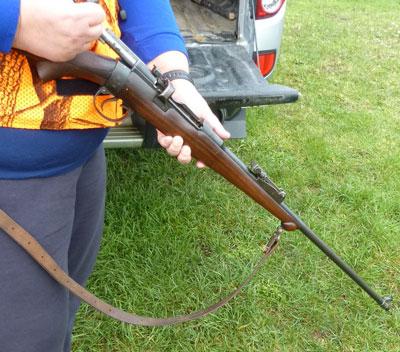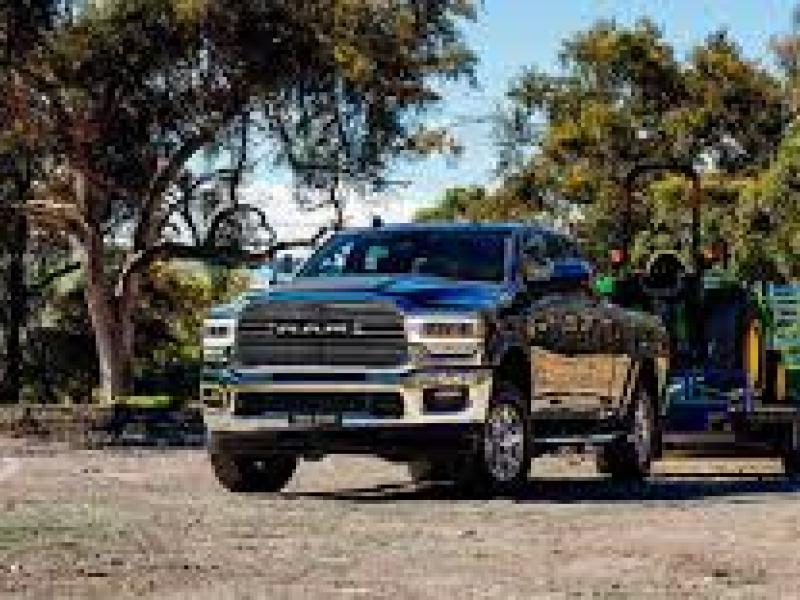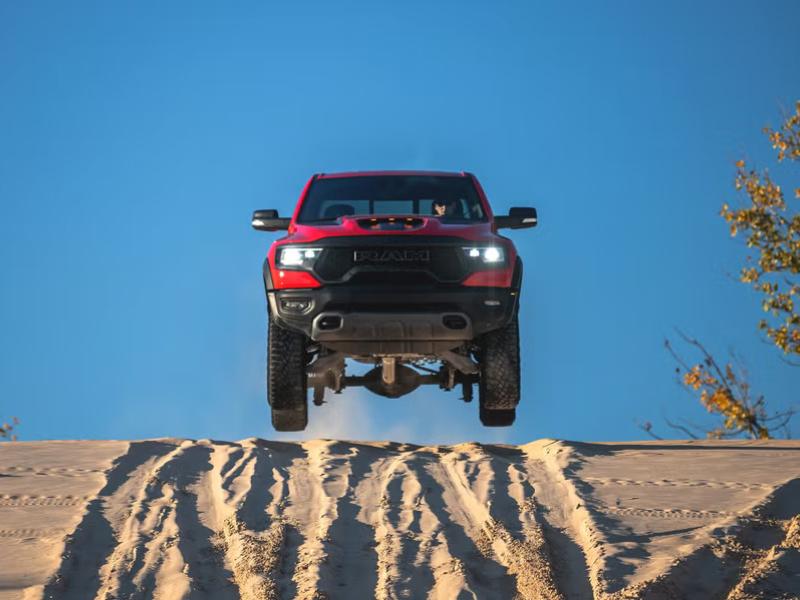Your 4WD is jam-packed. You’ve checked the oil, water and tyres as well as your trusty gear. The weather’s going to be great and you’re about to head off into the great outdoors with your mates for that long-awaited weekend adventure.
For the vast majority the outdoors is a great place to be, and returning safely with a yarn or two about that 12 point stag you nabbed, the 15kg snapper you caught, or the huts and peaks you’ve bagged, is part of the reason we head out with friends or whanau time and time again.
However, unfortunate incidents occur and often involve people who underestimate the planning, preparation and sometimes the skills required for the activity they are undertaking. More often, it’s just carelessness or an over-confident attitude that “it will never happen to me” which is the root cause of the all-too-familiar news headlines.
The New Zealand Mountain Safety Council encourages people to get outdoors and discover more of our own backyard, but is urging people to do so safely. Having a 4WD opens up access to some of the most remote areas in the country, but back country safety is essential to make sure you live to tell the tale.
Start with five simple rules of the Outdoor Safety Code. These easy-to-remember rules provide guidance on how to prepare and do the right thing in the outdoors and it could save your life.
The New Zealand Outdoor Safety Code:
1. Plan your trip
Seek local knowledge. Plan your route and the amount of time you can reasonably expect it to take. Department of Conservation (DoC) Visitor Centres, i-SITEs and local operators are a good source of local information.
2. Tell someone
Tell someone your plans and complete written Outdoors Intentions BEFORE leaving on your trip. Visit www.adventuresmart.org.nz for all the details, but as a minimum tell someone you trust where you are going, and give a date and time to raise the alarm if you haven’t returned.
3. Be aware of the weather
New Zealand’s weather can be highly unpredictable. Check the forecast and expect weather changes. Beware of rivers – if in doubt STAY OUT.
4. Know your limits
Challenge yourself within your physical limits and experience. Read books, visit websites, take a short skills course.
5. Take sufficient supplies
Take enough food, clothing, equipment and emergency rations for the worst-case scenario. Include emergency communication such as a Mountain Radio, Personal Locator Beacon (PLB) or satellite phone.
Firearms Safety in vehicles
As well as following general outdoor safety advice, those pursuing activities involving firearms are reminded to take extra care and be mindful of their responsibilities when transporting their equipment.
Increased hunting activity occurs in autumn. March sees the start of the “Roar”, which is when stags become vocal and bellow a challenge (a roar) to rival stags, and May sees thousands of duck hunters head off to their maimais for the start of the season.
These combined activities mean more guns on the road and more potential for non-intentional firearms incidents. Before putting a firearm in your vehicle, the Arms Code states that “you must have particular, lawful and sufficient purpose to have firearms with you”.
What this means is that you must be going hunting, to a shooting range or a gunsmith and that you simply can’t just drive around with a gun in your car.
Carrying a loaded firearm in a vehicle on a road is not only incredibly dangerous, but it’s also a breach of traffic regulations. You must make the firearm inoperable, for example use a trigger locking device, remove the bolt, or break down your shotgun. Take care when moving firearms in or out of a vehicle. It is best practice to always point it in a safe direction, even if you think it’s unloaded ,and ensure you never grab the firearm by the muzzle.
In 2010 a Northland man (sitting in the back seat of a 4WD) was injured in a freak, but potentially fatal, accident after his dog leapt onto a loaded rifle and accidentally shot him in the backside. The bolt action rifle had not been unloaded.
When travelling you should carry your firearms in a gun bag or lockable hard case, and keep it out of sight. As well as avoiding unnecessary alarm, it also protects the firearm. Ammunition should be carried separately in another part of the vehicle.
You must not leave your vehicle unattended at any time. It should be locked and you must be in it, near it, or able to watch it. It is the firearms licence holder’s responsibility to ensure adequate security at all times.
Last year in Southland, firearms were stolen from six vehicles around duck hunting time. Firearms owners in rural areas should be vigilant as it’s likely that they could be targeted during duck and deer hunting seasons.
At the end of the day, whatever your choice of activity, and whatever 4WD gets you there, pushing your boundaries but limiting your risks is the key to an enjoyable and safe trip.
For more information or to download useful resources, visit www.mountainsafety.org.nz.
By Andrea Corrigan, New Zealand Mountain Safety Council
WORKING FOR YOU
The Mountain Safety Council works to see more people discover and participate safely in land-based outdoors activities.
The organisation creates and distributes resources, leads public awareness campaigns, facilitates the setting of standards and provides training and education opportunities across a variety of disciplines including bushcraft, avalanche, alpine, outdoor first aid and firearms safety training and testing to every firearms licence applicant.







